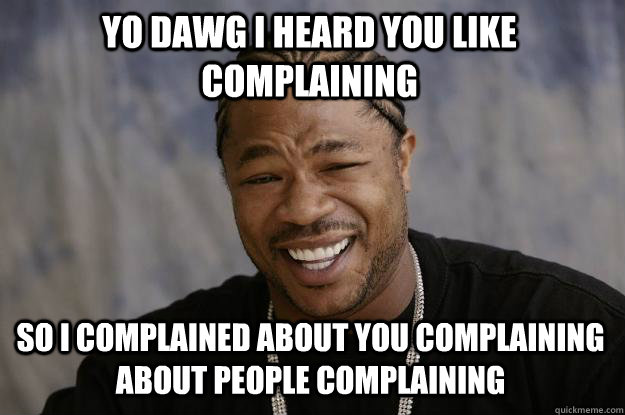Well, while your help now with explaining idioms is very helpful and is appreciated by me, please do not exaggerate ("seeeya"). Neither you're so f'n brilliant, nor I so f'n stupid as you want to present yourself and myself.
There you go again misinterpreting what I said. SeeeYa is a unique way of saying
goodbye. It actually was started by a golf buddy of mine here in Florida back in
the early '90's. You put the emphasis on the drawn out "Seeee" part with a soft
"Ya" on the end. It's just an upbeat way of saying see ya later between friends.
Back to the issue at hand.
Winged Foot in '74 was not a blueprint for US Open setups. On the contrary. At
the time there was the perception that Winged Foot didn't have the recognition
for being as tough a venue as some of the more famous US Open courses and
along with Miller's 63 in the final round the year before at Oakmont, the USGA
somehow allowed the rough to grow abnormally long. Yet, it wasn't the rough
alone that lead to the high scores. Most of the players struggled with the deep
bunkers, slick greens, tough pin locations and found it extremely difficult to get
the ball up and down. Add to that the course length forcing the players to hit
long irons into greens and the massacre came to life.
Despite generously wide fairways for a US Open and perfect weather conditions
many ACCURATE ball strikers, including the great Lee Trevino, missed the cut!!
I don't think Lee's quote makes much sense since the Winged Foot setup didn't
do what he thought it should have done because there were players who hit it
all over the place that contended. Must have been frustrating for a great ball
striker like Trevino to shoot 16 over par for two days and have an early exit
from the championship.
The '74 Open was not exactly a parade of great ball strikers either. The top
of the leaderboard that Sunday was made up of guys like Bert Yancy, Forrest
Fezler, a 44 year old Arnold Palmer slashing his way around WF making some
very unlikely pars and Tom Watson, the third round leader who fell apart with
a final nine of 41 and a 79. Irwin won with a couple of long putts and several
curling clutch par putts in the final round. Even he bogeyed two of the last four
holes.
As for Miller's comments, did he play in the '55 Open?? Don't think so. Again,
he uses the '74 Open as evidence for deep rough being the norm at US Opens
in his era even though a lot of Opens did not have rough that deep and it wasn't
the singular reason for the high scoring that year as I mentioned above.
I don't think most fans paying attention need to be told that Miller has a tendency
to exaggerate the truth a bit to make his accomplishments stand out above todays
players and we all should know by now that he seems to be clueless when it comes
to what's going on with club/ball collisions. I think a lot of what he has to say is
lame and I don't trust him to be very objective when reminiscing about the past.
JMHO
Since 1980 there have been plenty of tough setups in the US Open at courses like
Olympic, Shinnecock, Pinehurst, Winged Foot, Oakmont, Pebble Beach, Oakland
Hills. Except for Shinnecock, I've played all those courses and got to play several
of them a couple days after the tournament in US Open trim and they were brutal,
especially Oakland Hills in '85...just missed qualifying for that one.

Deep rough by itself is not necessarily the best way to elevate accurate ball strikers
to the top of the leader board over the less accurate long hitters and it's definitely
not a sure fire way to identify the best player in the field either. This has been
proven many times over. You make this too easy D.



